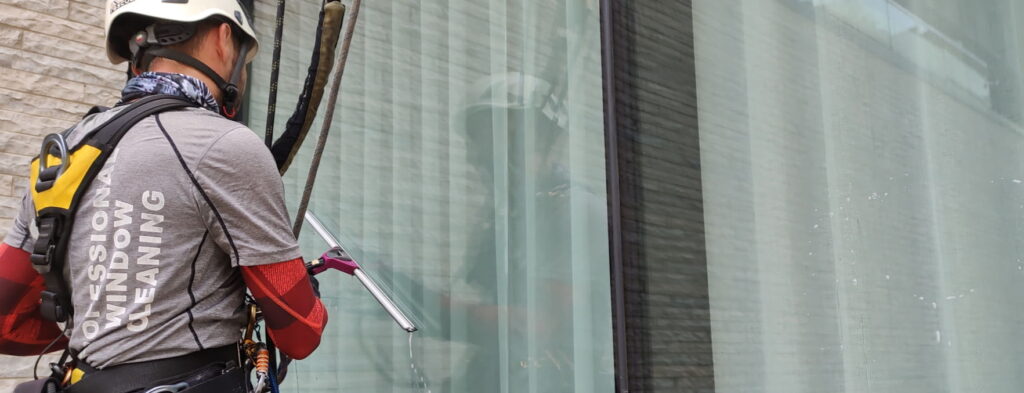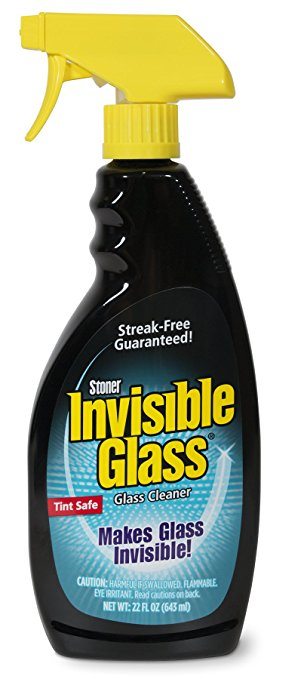
Ammonia is one of the main culprits in glass cleaners that attacks the mechanical bond of the adhesive. There are so many cleaners on the market that we cannot possibly discuss each one individually, but the main thing to look for is an AMMONIA FREE Glass Cleaner. While it may have been either of those things, it could also have been a quality tint that was installed properly that was cleaned using the wrong type of cleaner. Many times you may see a window film job that has a bunch of large bubbles and think that it was a bad tint or a bad tint job. Certain chemicals can degrade this mechanical bond and cause the window tint to bubble or peel. The type of adhesive that I mentioned is used to adhere the film to the glass and it creates a mechanical bond between the film and the glass.
#Tinted window cleaner how to#
Now that we understand a bit about how the film is constructed and how it is adhering to the glass, let’s get into how to properly care for it to ensure long life. Once cured, this bond should last for many years without fail. Also, the window tint is adhered to the glass with a thin, optically clear pressure sensitive adhesive. Although this surface is durable, it is not indestructible. This is what allows film tint to slide up and down in a properly adjusted roll down window channel for years without getting scratched.

The construction of tint is such that once installed the outermost surface is a durable scratch resistant coating.

As you likely know, window tint is installed on the inside surface of the glass. To begin, let’s discuss a bit about window film construction and how it adheres to the glass. As a result, we wanted to write a brief article that explains the do’s and dont’s of tint care. One of the most common questions we are asked regarding window tint is the proper way to care for and clean automotive tinted windows.


 0 kommentar(er)
0 kommentar(er)
